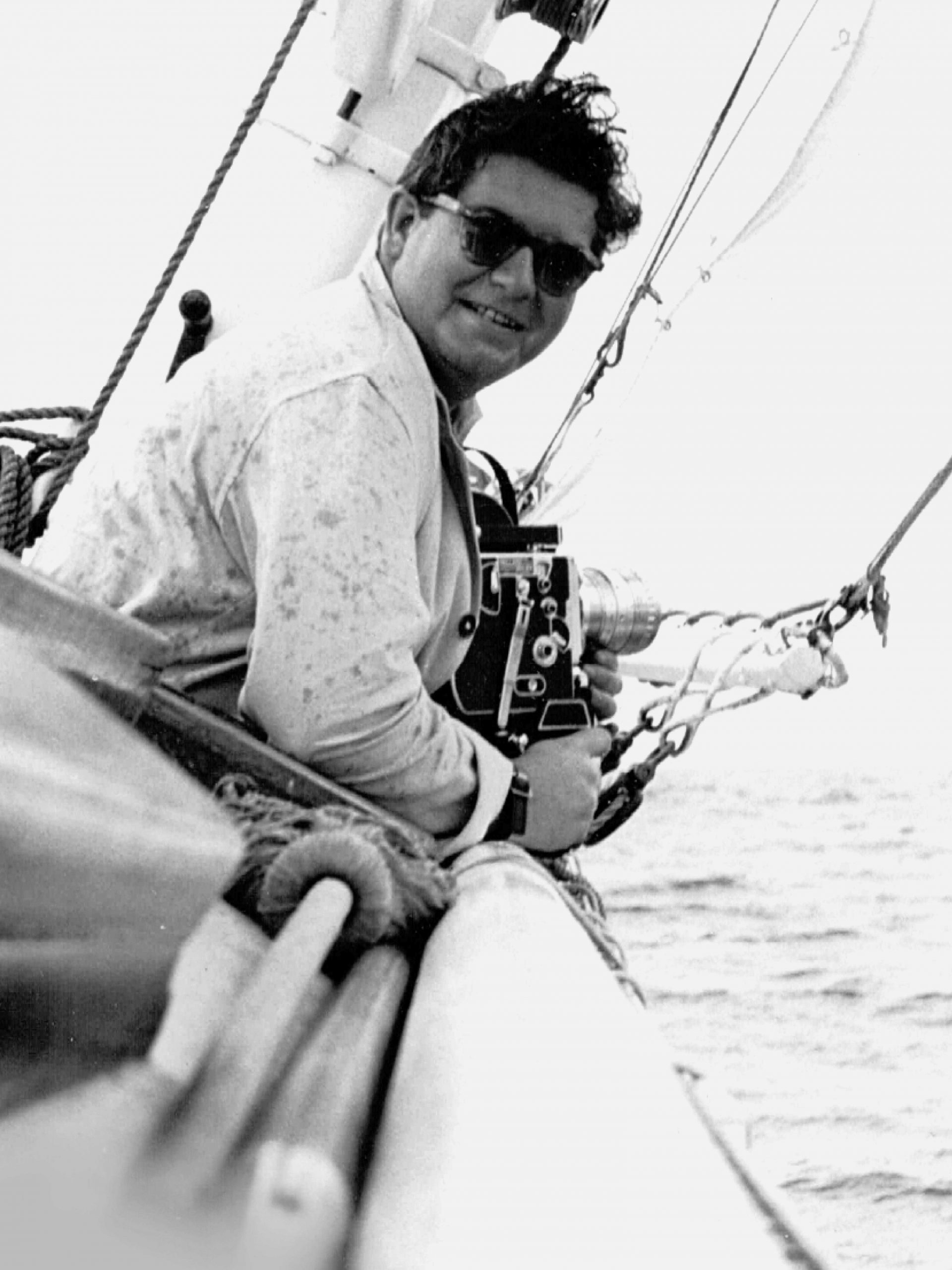PAUL McCOBB

Paul McCobb, born in Massachusetts in 1917, was the son of a men’s clothing salesman and a stenographer. McCobb was largely self-trained as a designer, studying briefly at the Vesper George School of Art in Boston. During World War II, Cobb enlisted in the United States Army Corps of Engineers where he served in the camouflage corps before a medical discharge in 1943.
In 1945, McCobb established his own studio in New York City, Paul McCobb Design Associates, from which he designed furniture as well as textiles and other decorative objects. Over the ensuing years, McCobb rose to prominence as a figure in mid-century modern furniture design.First, through work with Modernage Furniture where he met future collaborator B.G. Mesberg. His great success came with the release of the Planner Group collection, first launched in 1949, which provided a young generation with elegantly designed furniture pieces at an affordable price. McCobb’s style was defined by simple, clean forms designed to fit the spaces they would inhabit, and manufactured in elegant but cost-effective materials. The Planner line, manufactured by the Winchendon Furniture Company, was one of the most successful furniture collections of the time, and remained in continuous production until 1964.
During this time, McCobb rose to a level of fame shared by other better-remembered designers of his time, from Charles and Ray Eames to Jens Risom and Eero Saarinen, described by the New York Times as “the quintessential designer for the middle class who outfitted starter homes in postwar subdivisions as gracefully as he did the suburban colonials of law partners and business executives. ” Beyond his successful Planner line, McCobb produced furniture lines with Predictor with O'Hearn Furniture, the Calvin Group, Directional, and the Irwin Group by Calvin Furniture, and the Connoisseur Collection by H. Sacks and Sons. He also taught at the Philadelphia Museum School of Art.
Unlike his peers, McCobb lacked advocates for his work or career who could carry on his legacy. After his death in 1951 from chronic hypertension, McCobb drifted into obscurity. His emergence back into contemporary dialogue around mid-century works was prompted largely by the reissue of some of his pieces, in 2016, by Form.
Form Portfolios
Form House
115 Benevolent St
Providence, RI 02906
USA
Form Studio
Badstuestræde 17
1209 Copenhagen
Denmark


